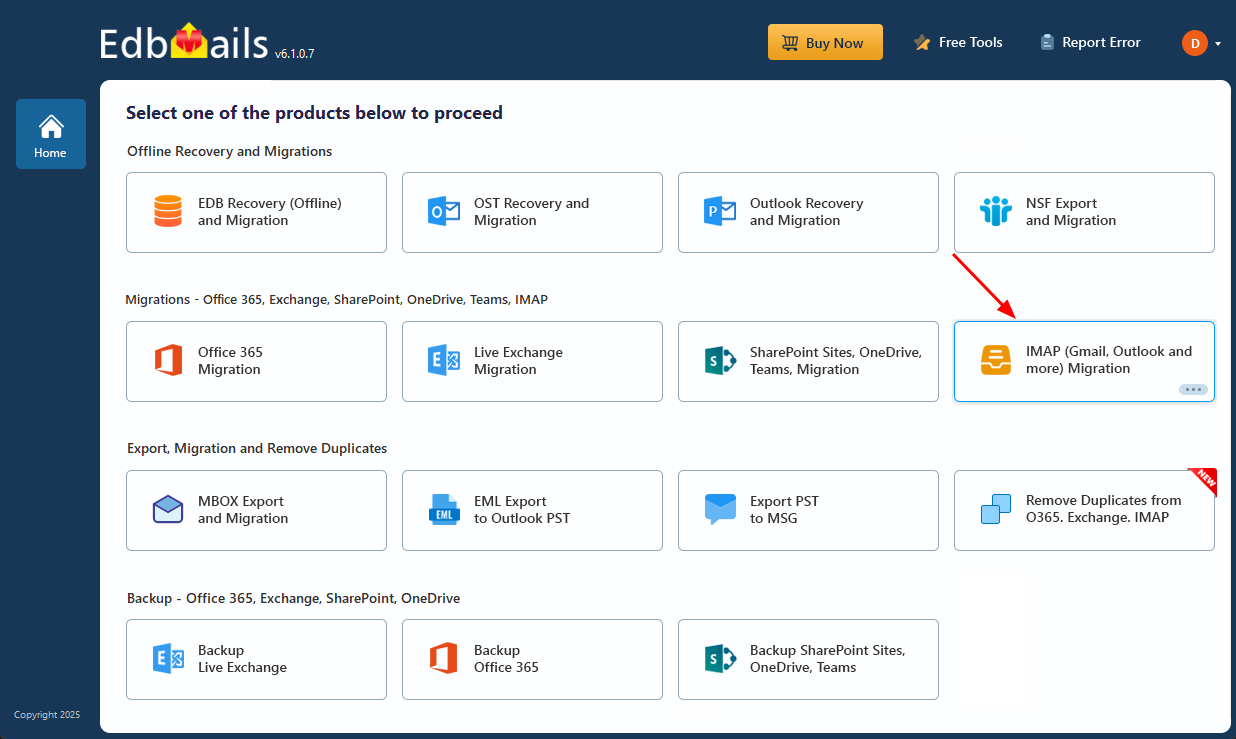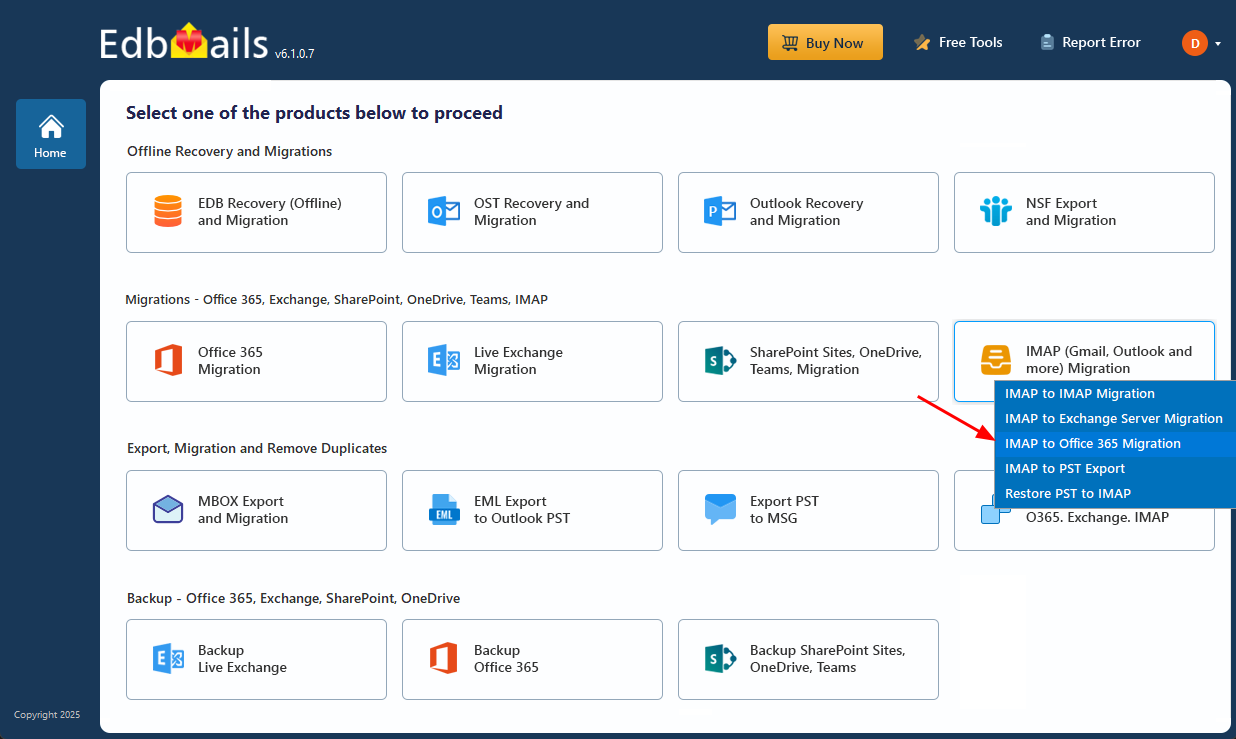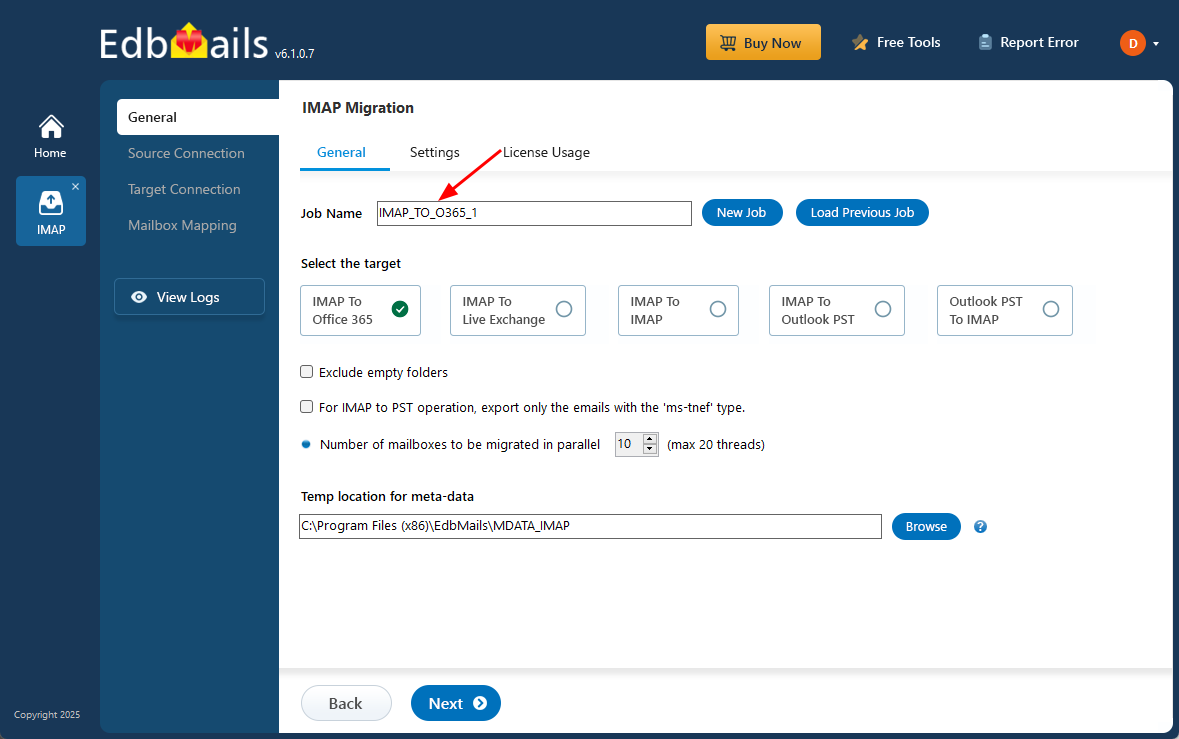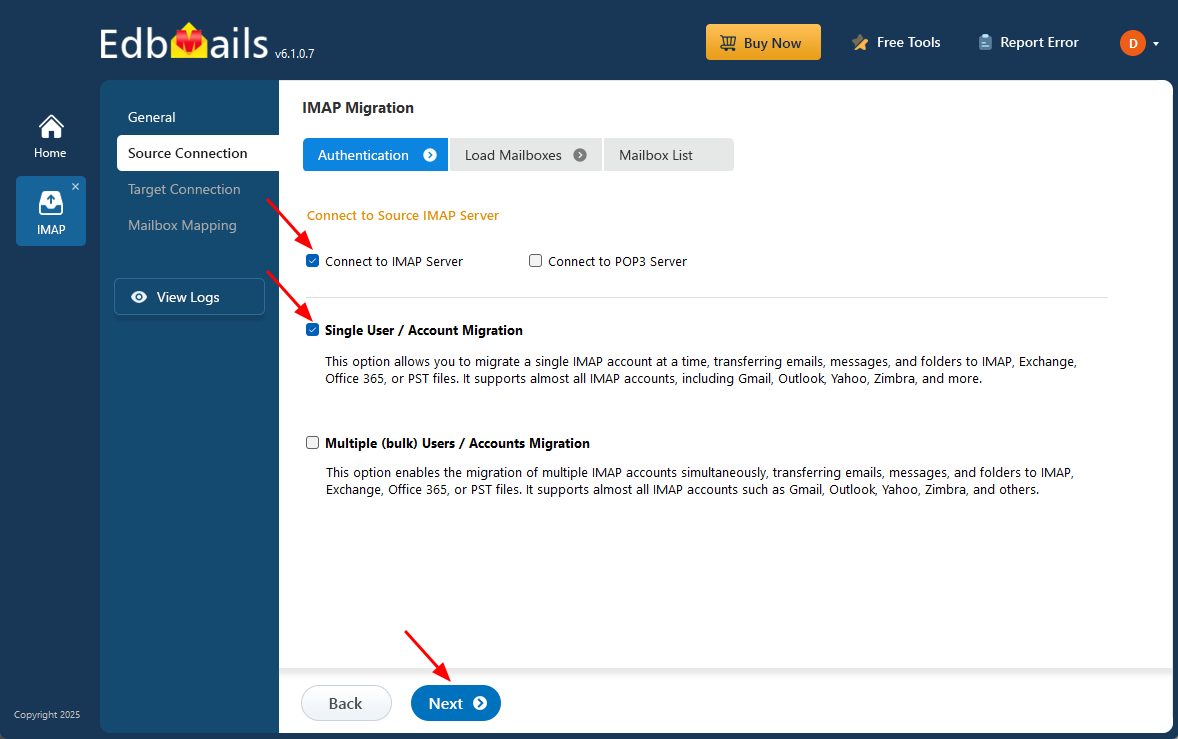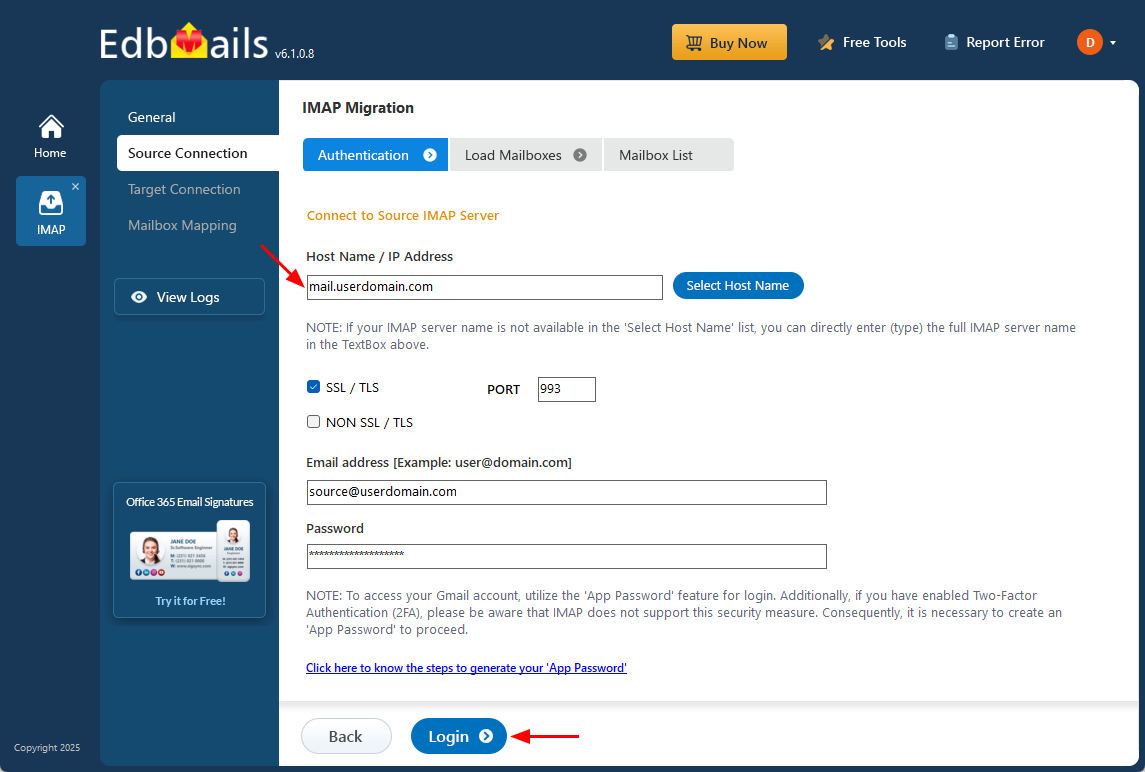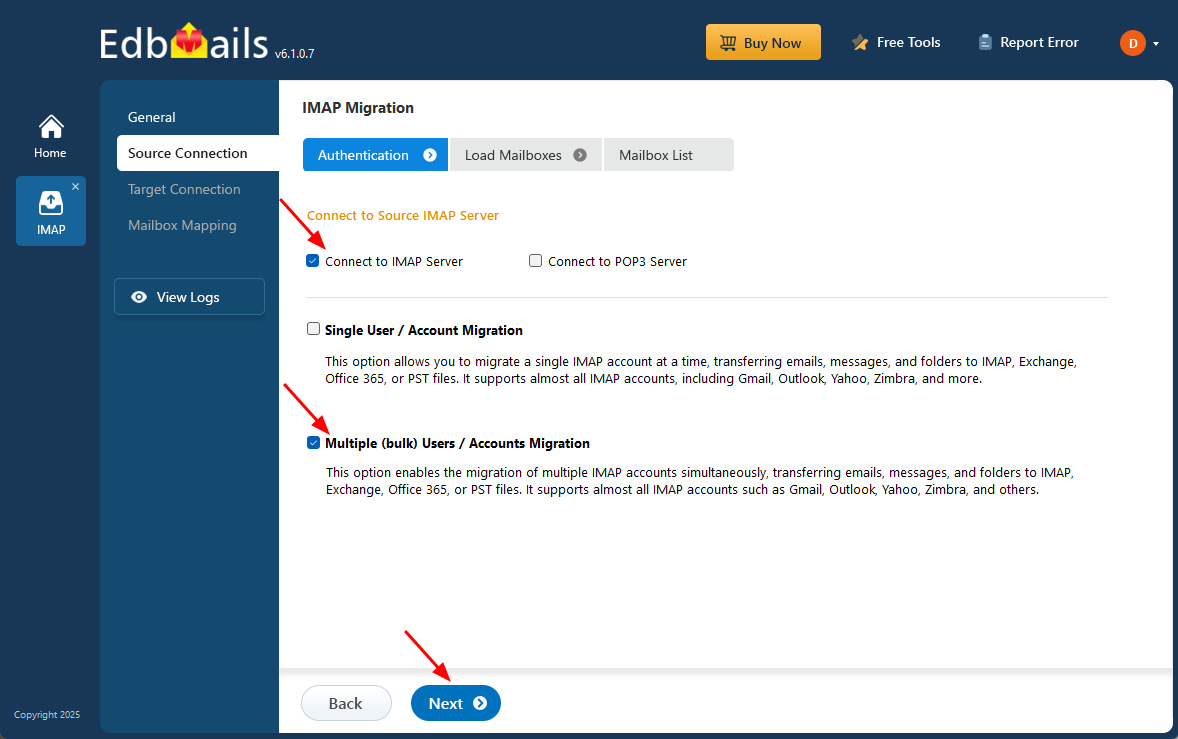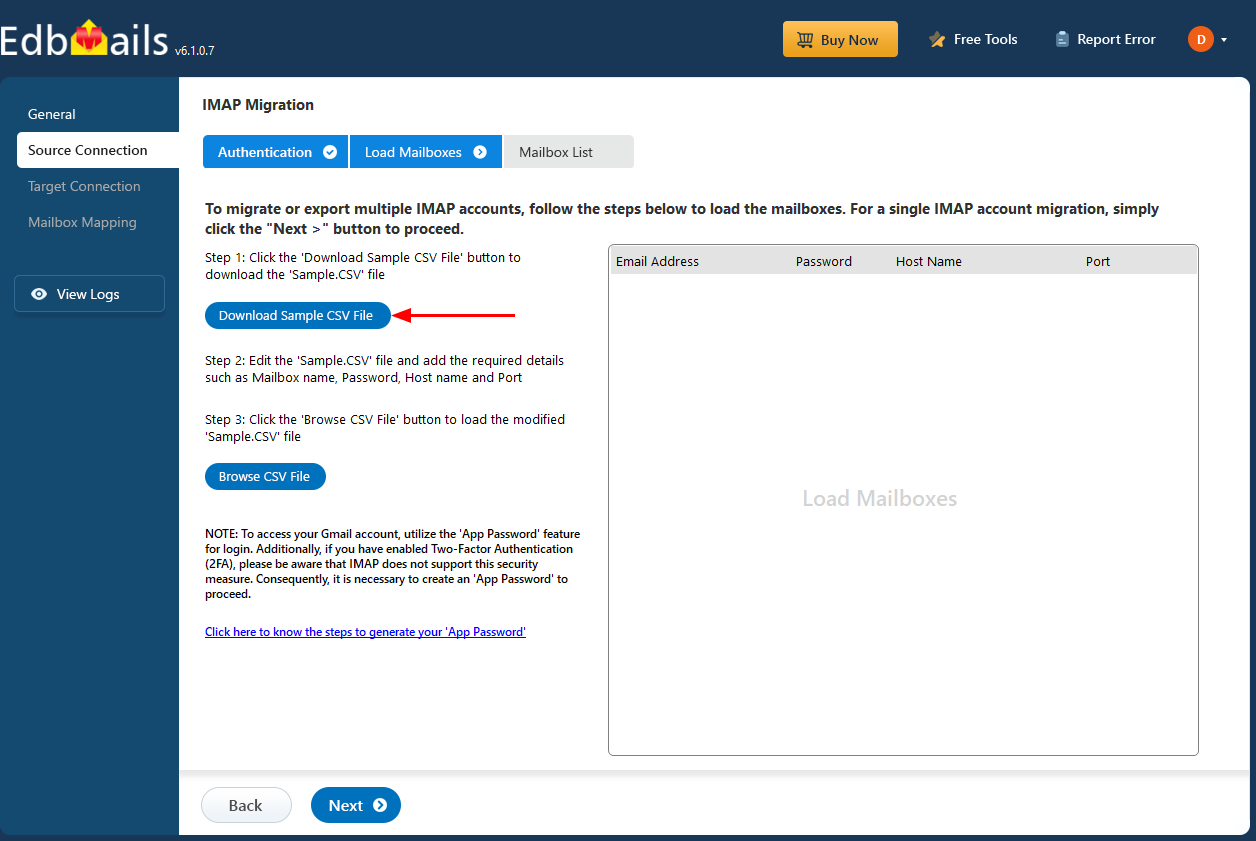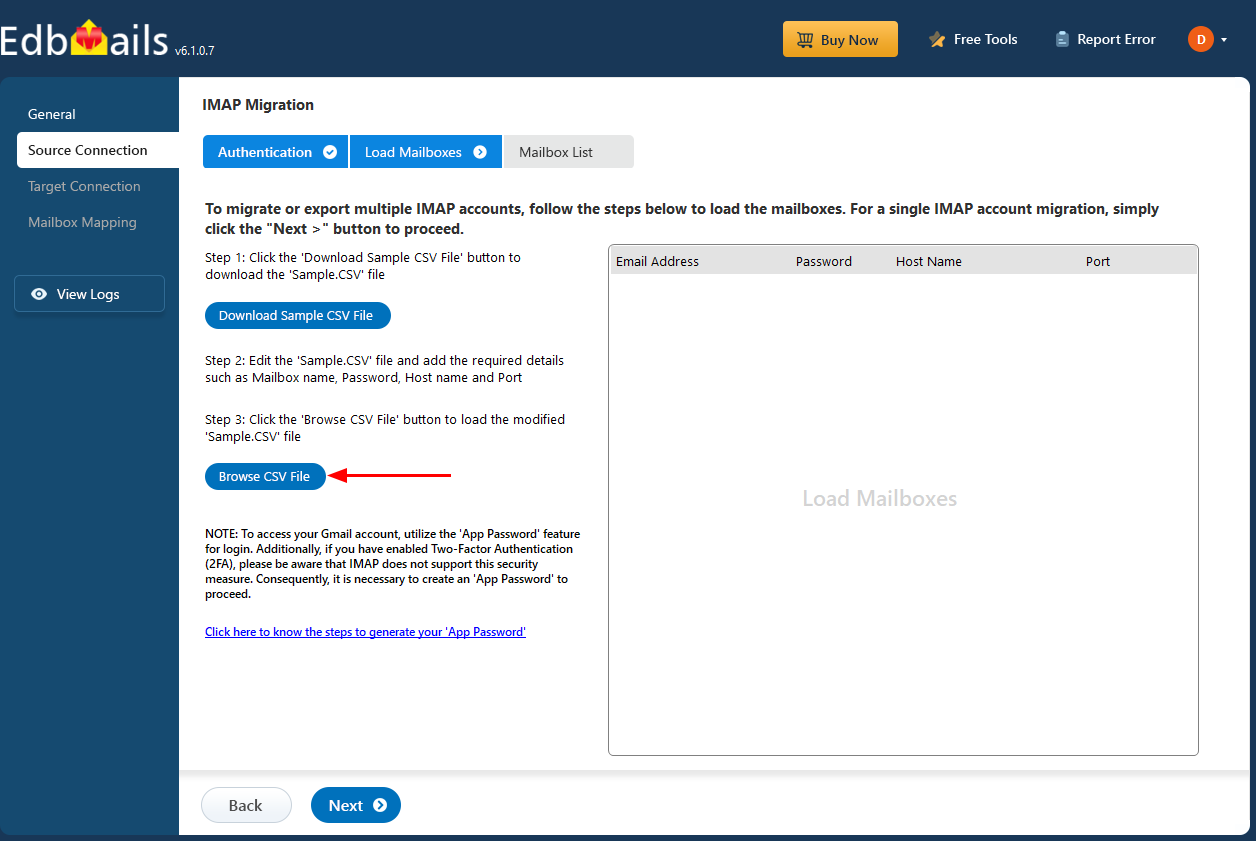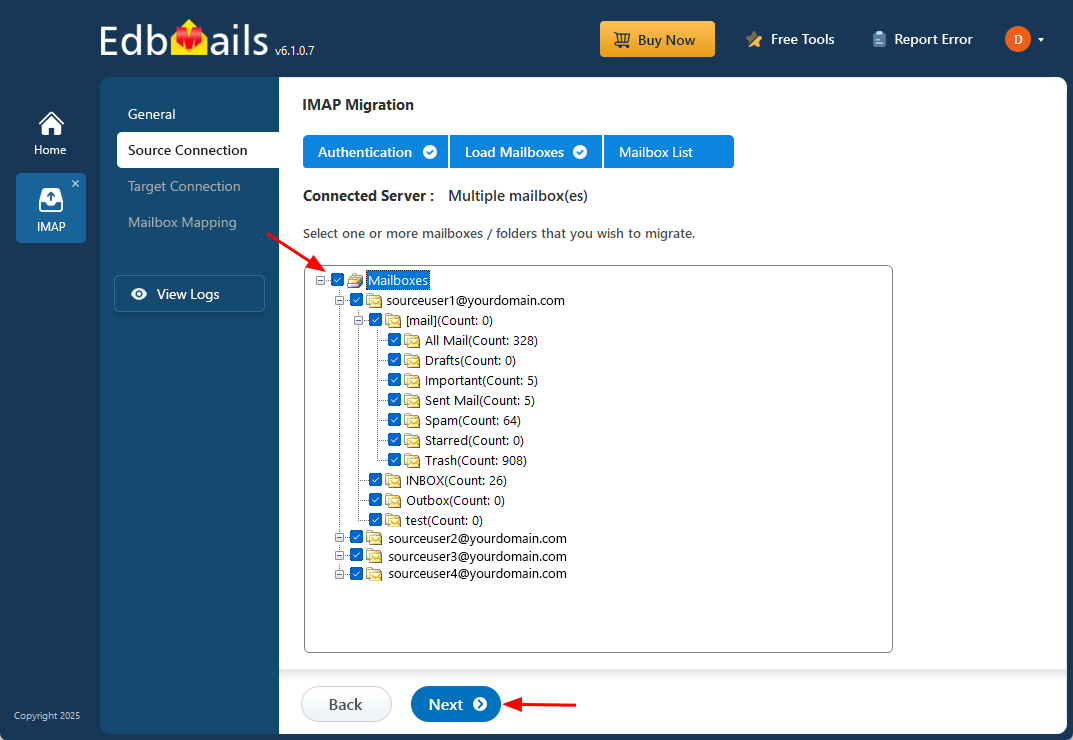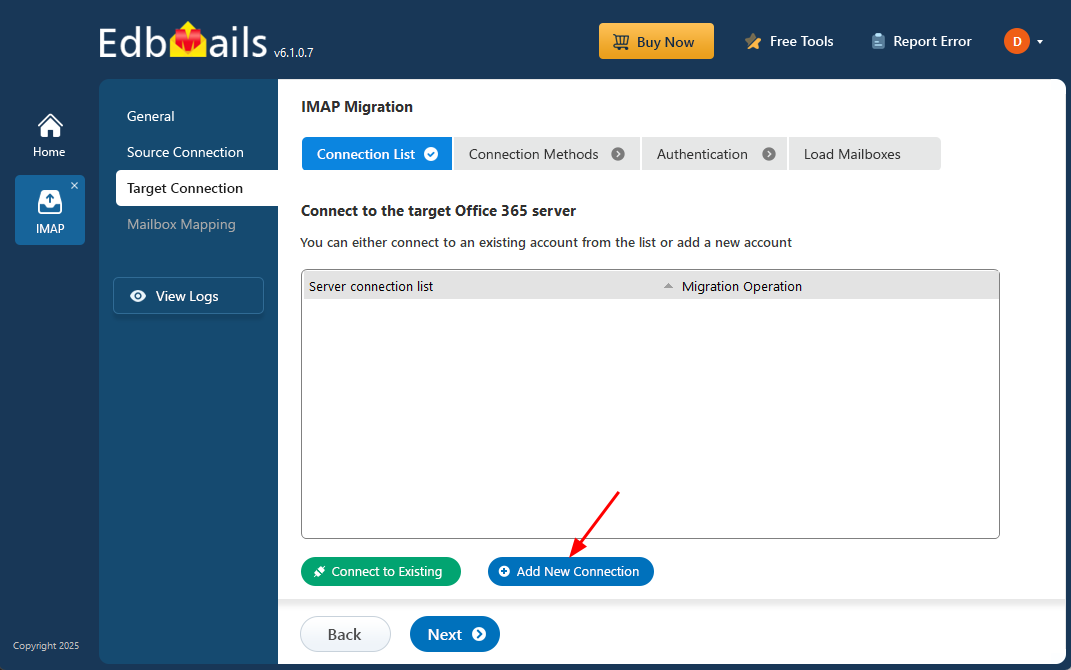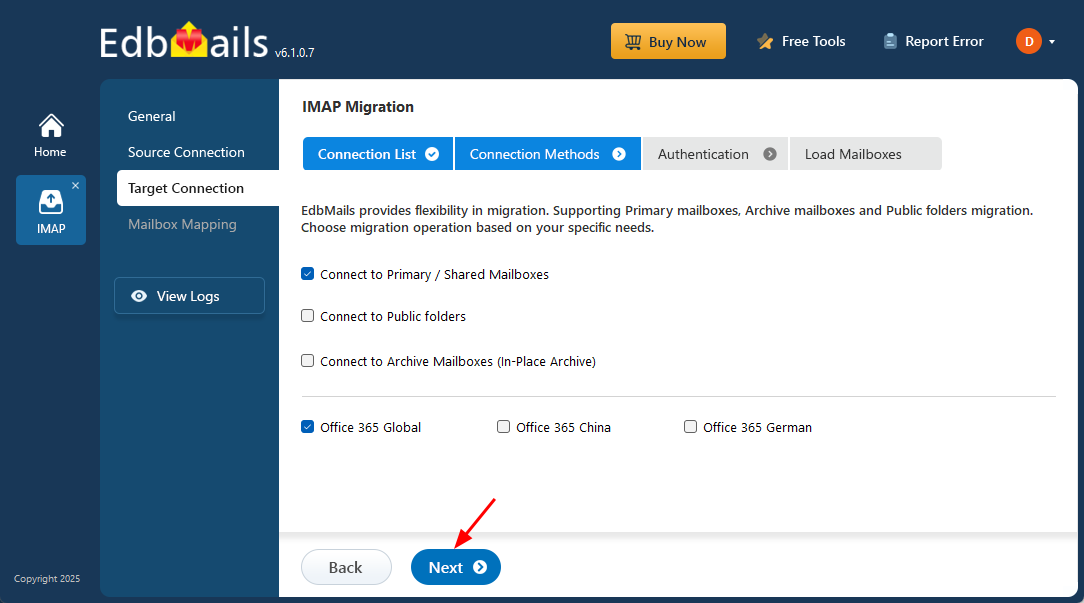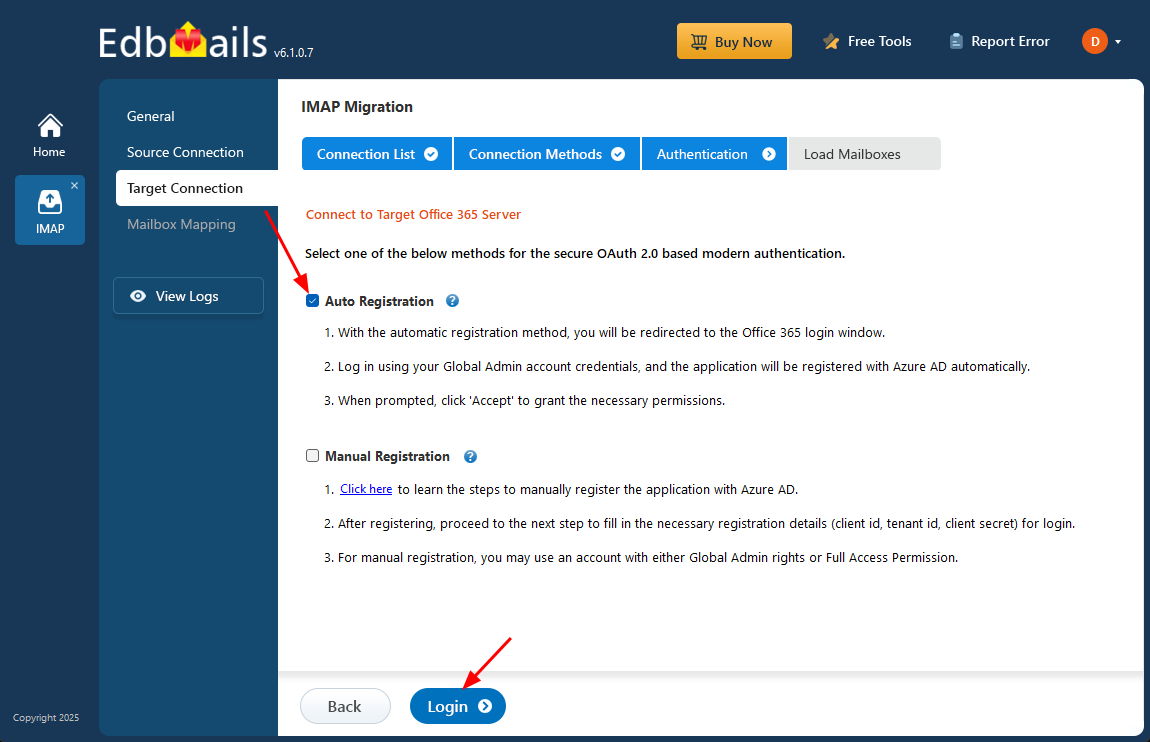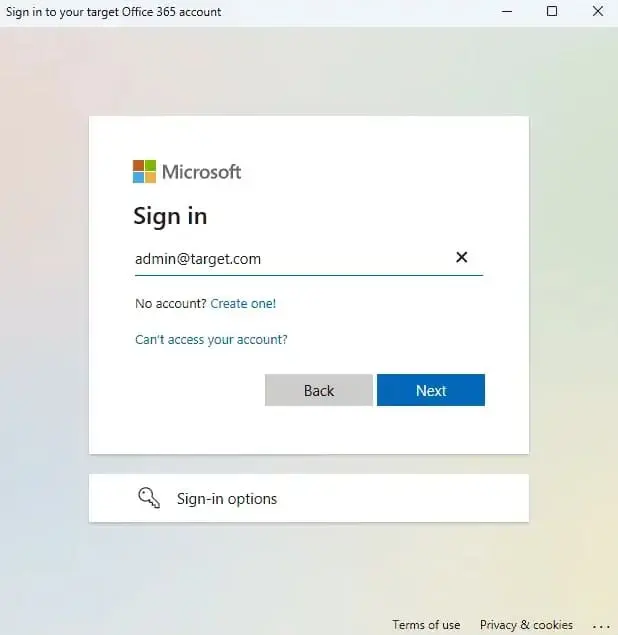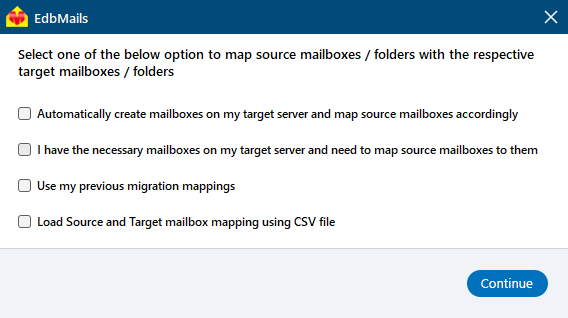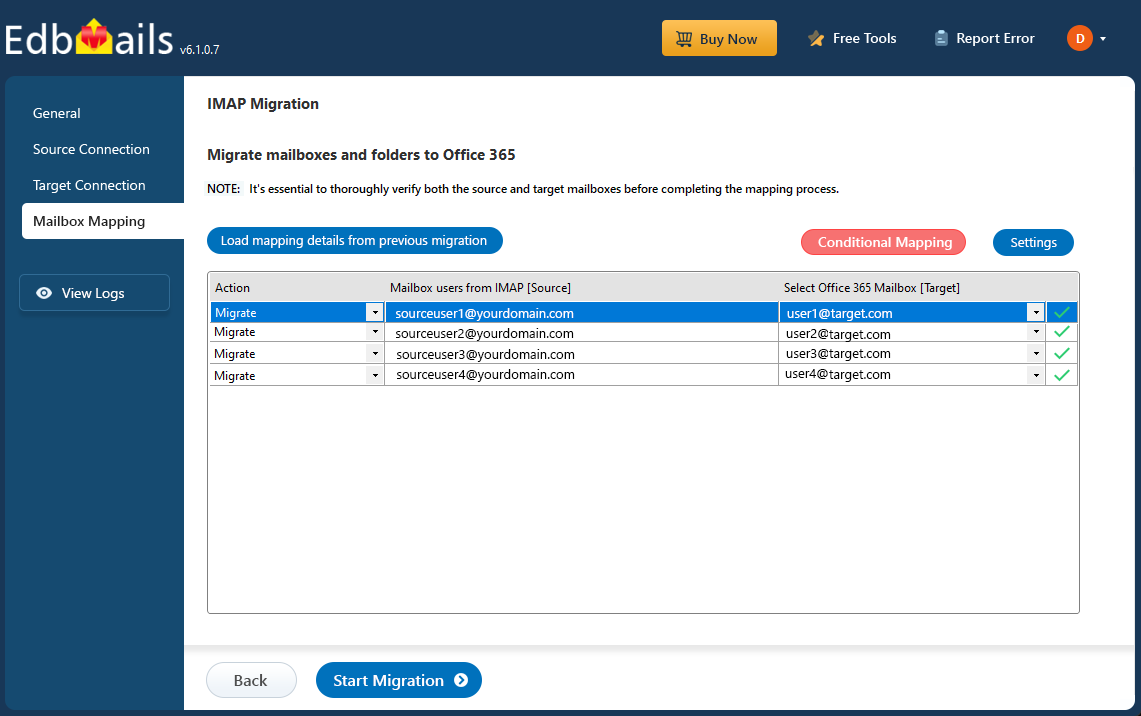Dovecot to Office 365 Migration
Dovecot is a highly regarded open-source IMAP and POP3 email server widely used on Linux and UNIX-based systems. Known for its strong security, ease of configuration, and reliable performance, Dovecot supports various mailbox formats such as Maildir and MBOX and integrates seamlessly with popular email clients like Outlook and Thunderbird. Despite its reliability, many organizations are transitioning to Microsoft Office 365 to take advantage of its cloud-based infrastructure, centralized administration, and advanced security features.
Migrating from Dovecot to Office 365, however, involves several technical and operational considerations. Key challenges include ensuring data security during the migration, maintaining application compatibility, managing bandwidth for large-scale data transfers, encouraging user adoption of the new environment, and minimizing downtime to prevent business disruptions. This guide provides a structured approach to help organizations navigate the migration process effectively.
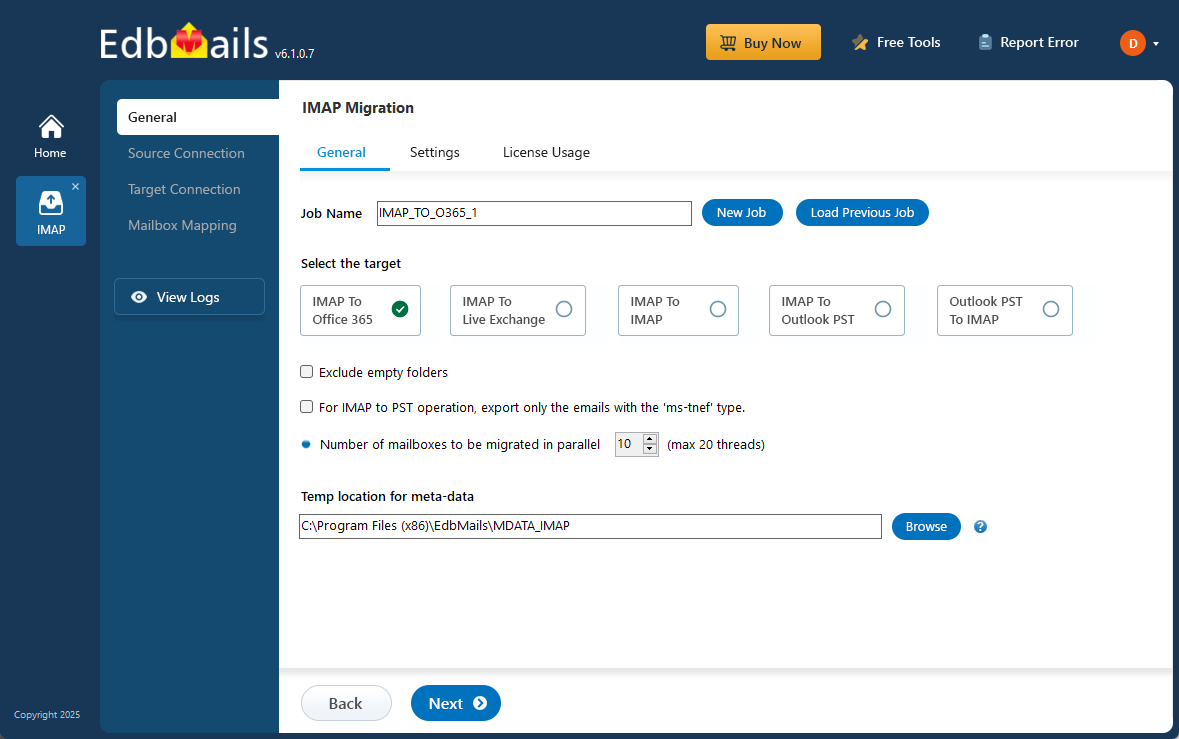
EdbMails IMAP migration software is engineered to streamline the transition from Dovecot to Office 365 with precision and control. Its delta migration capability ensures that only newly added or modified emails are transferred, significantly reducing bandwidth consumption and overall migration time. The tool supports concurrent mailbox transfers, making it suitable for organizations handling large-scale migrations. With a user-friendly interface and guided steps, it simplifies the process for both IT administrators and non-technical users. EdbMails also incorporates modern security protocols, including OAuth 2.0 and TLS encryption, to safeguard email data throughout the migration. These features collectively enable a secure, consistent, and interruption-free mailbox transfer from Dovecot to Office 365.
Top reasons for Dovecot to Office 365 migration
While Dovecot serves as a capable and secure mail server, it can become limiting as organizations grow and their communication needs evolve. Its reliance on a Linux-based environment and command-line configuration may pose challenges for users who prefer a more intuitive, graphical interface. For many businesses seeking centralized management, greater scalability, and enhanced collaboration tools, transitioning to a cloud-based platform like Office 365 becomes a practical step for
- Office 365 provides robust security and server uptime. This avoids manual maintenance making it the ideal choice for businesses who are looking to automate their workflow.
- Popularly used office apps such as Word, Excel, PowerPoint are built into Office 365 and come bundled with the license for the same cost.
- Calendars, contacts, emails and many other additional apps such as SharePoint, Teams, Yammer are just a click away with Microsoft’s graphical interface.
- There is no need to use technical commands to access anything on Office 365 and users can easily connect and integrate their Google Drive, Dropbox and cloud services with it.
- Microsoft 365 also supports adding domains from other hosts and allows you to directly receive your emails on Outlook and OWA.
Dovecot to Office 365 migration planning
Before you actually start to migrate from Dovecot to Office 365, you need to have a proper plan and ensure that you are prepared for the migration. Here is a quick checklist of items for your convenience.
- Decide if you want to retain the same domain on Dovecot or change to another hosting provider.
- Decide if you want to migrate your data all at once or in stages.
- Create a CSV file with a complete list of mailboxes to be migrated along with the user credentials.
- Verify if the CSV file format and user credentials are correct.
- Remove any unused or unnecessary mailboxes from the source system to streamline the migration process.
- Notify end users and relevant stakeholders about the migration plan, ensuring they are informed of any upcoming changes.
- Select the appropriate Office 365 licensing plan and assign the relevant licenses to user mailboxes.
- Conduct a test migration to verify that the process works as expected and all data is transferred correctly.
Dovecot to Office 365 migration prerequisites
- If you want to migrate multiple users from Dovecot, download the sample CSV file from the EdbMails IMAP login window Create a list of users in a CSV file, which you want to migrate from Dovecot.
- Find the name of your source email server from an email client
- Purchase a suitable Office 365 licensing plan. You can also sign up for a 30 day free trial and decide to go with a suitable one later. Compare Office 365 business plans and Compare Office 365 enterprise plans
- Create Office 365 mailboxes and assign licenses to them
Add users and assign licenses to Office 365 users
Assign Microsoft 365 licenses to user accounts - If you plan to migrate your mailboxes to Office 365 Public folders, ensure that you create and configure the Public folder mailboxes on the target server.
Steps to Create Office 365 Public folder and assign mailbox user. - Similarly, if you want to migrate mailboxes to Office 365 In-Place archive, enable them from the admin center.
Steps to enable archive mailbox in Microsoft 365. - If you have a custom email domain from the source which you want to retain and receive emails to, you must add and verify the domain on Office 365.
Steps to add a custom domain to Office 365 and steps to add DNS records to connect your domain. - Configure Office 365 to send and receive large messages.
Follow the steps to increase the message size on Office 365 to 150MB. See message size limits on Office 365 for more information.
Steps to migrate from Dovecot to Office 365 using EdbMails
Step 1: Download and Install EdbMails migration software
- To initiate the migration process, download and install the EdbMails application on your Windows system.
- Launch the EdbMail application and log in using your registered email address and password. If you don’t have an account, click ‘Start Your Free Trial’ to begin using EdbMails instantly without registration.
- Select the option ‘IMAP (Gmail, Outlook & more) Migration’.
- Select ‘IMAP to Office 365 Migration’.
- You can either use the default job name or click 'New Job' to customize it.This allows you to easily organize and manage your migration tasks.
Step 2: Connect to source Dovecot server
- To migrate a single Dovecot account to Office 365, select the ‘Single User / Account Migration’ option, then click ‘Next’ to continue.
- You can find your Dovecot server connection details either from the Outlook mail client (if your email account is configured there) or through your server’s control panel. Typically, the hostname follows the format mail.yourdomainname.com, but you can also use the server’s IP address if it's available.
- For IMAP connections, use port 993 with SSL/TLS encryption enabled. Enter the email address and password of your source account to establish the connection.
- EdbMails does not store any credentials and uses secure OAuth 2.0 authentication for Office 365 logins.
- To migrate multiple Dovecot mailboxes, select the ‘Multiple (Bulk) Users/Accounts Migration’ option and proceed by clicking ‘Next’.
- Click ‘IMAP Migration CSV File’. It will load the sample CSV file to your local drive.
- Open the CSV file and fill in the necessary details, including the email address, password, IMAP server hostname, and port number for each mailbox. After completing the entries, save the file to proceed with the migration.
- Once you’ve entered and saved all the required details in the CSV file, close it to finalize the changes.
- Then, click the 'Load Modified CSV File' button, open the CSV file and click ‘Next’ to proceed.
Step 3: Select source Dovecot server mailboxes
- Select the mailboxes or individual folders you want to migrate based on your preferences. Once you've made your selection, click ‘Next’ to proceed with the migration process.
Step 4: Connect to target Office 365 server
- Click the ‘Add New Connection’ button to establish a new connection to the target Office 365. To use the previous connection, select it from the connection list and click the ‘Connect to Existing’ button to proceed.
- Select the appropriate connection settings for your Office 365 account, and then click 'Next' to continue with the migration process.
- Select your preferred secure authentication method for your Office 365 account and click the ‘Login’ button to proceed.
- Authenticate by signing in on the Microsoft sign-in page to continue.
- After logging into Office 365, select the mailboxes to load. Due to API limits, only up to 100 mailboxes will be displayed. For more than 100, use the ‘Load Mailboxes using .CSV file’ option.
Step 5: Dovecot to Office 365 mailboxes mapping
- Choose an option to map the source mailboxes and folders to their corresponding mailboxes and folders in the target Office 365 account.
- EdbMails streamlines migration by automatically creating mailboxes in Office 365, effortlessly setting up target mailboxes and mapping source IMAP server mailboxes and folders. This functionality is crucial for ensuring precise management of large-scale mailbox migrations.
Step 6: Start Dovecot to Office 365 migration
- Review the mailbox mapping and click the ‘Start Migration’ button to initiate the migration process.
- Click the ‘View Logs’ button to access the detailed migration report, which includes mailbox mapping, migration summary, and item count for each migrated mailbox and folder.
Dovecot to Office 365 post-migration tasks
- Step 1: Update the MX records to point to Office 365
If you have not done this step previously, change the DNS records known as MX records to enable and receive email messages on the target Office 365 server. In addition to this setup, configure the Autodiscover record to allow Outlook to connect to the migrated mailboxes.
- Step 2: Create a new Outlook profile for users in the new domain
Configure the Outlook profile for each user in your domain if Outlook has problems connecting to Office 365 mailboxes.
- Step 1: Update the MX records to point to Office 365
Troubleshooting guide for Dovecot to Office 365 migration
Explore the knowledge base articles for troubleshooting common issues. For more information on EdbMails IMAP migration, review the FAQs or contact our dedicated support team for assistance.
Flawless Migration from Dovecot to Office 365 Using EdbMails
Challenge: The organization faced frequent downtime, storage limitations, and lacked centralized management and collaboration tools. They wanted a reliable and secure migration to Office 365 without business disruption.
Solution: The organization used EdbMails Dovecot to Office 365 migration tool to transfer all user mailboxes securely. The software’s incremental (delta) migration ensured only newly added emails were synced after the initial transfer, saving both time and bandwidth.
Result: The complete migration was successfully finished with zero data loss and no downtime. Users were able to access their Office 365 mailboxes immediately after DNS updates. The company now benefits from enhanced security, and collaboration through Microsoft Teams and SharePoint.
Benefits of EdbMails for Dovecot to Office 365 migration
- Selective transfer
EdbMails provides selective migration options, enabling users to choose specific mailboxes, folders, or individual emails for transfer. This feature helps reduce migration time, optimize bandwidth, and ensure only essential data is transferred.
- Maintains original folder hierarchy
During the Dovecot to Office 365 migration, EdbMails retains the original folder structure of your Dovecot mailbox, ensuring that emails remain organized as they were in the source system. This preserves consistency and eliminates confusion in the Office 365 environment.
- Compatible with all Windows versions
EdbMails is fully compatible with all recent versions of Microsoft Windows, including Windows 10, 11, and earlier editions. It ensures easy installation and a smooth migration experience across your Windows environment.
- Bulk data conversion with attachments
EdbMails facilitates bulk data conversion, allowing for the efficient migration of large volumes of emails and attachments. This ensures that all your mailbox content, including critical attachments, is seamlessly transferred to Office 365 without any data loss or interruptions.
- Save data at desired location
EdbMails offers flexibility in choosing the destination for your migrated data, allowing you to save it either on a local drive or directly to Office 365. This ensures that your data is stored in a manner that aligns with your organization's needs and compliance standards.
- 24/7 free tech support
EdbMails provides 24/7 technical support to assist with any migration-related queries. Their dedicated team is available 24/7 to offer free, expert guidance, ensuring a smooth and hassle-free migration experience without delays or disruptions.



